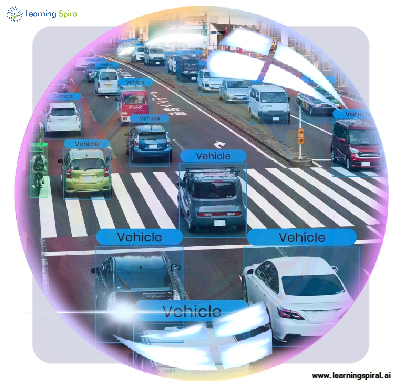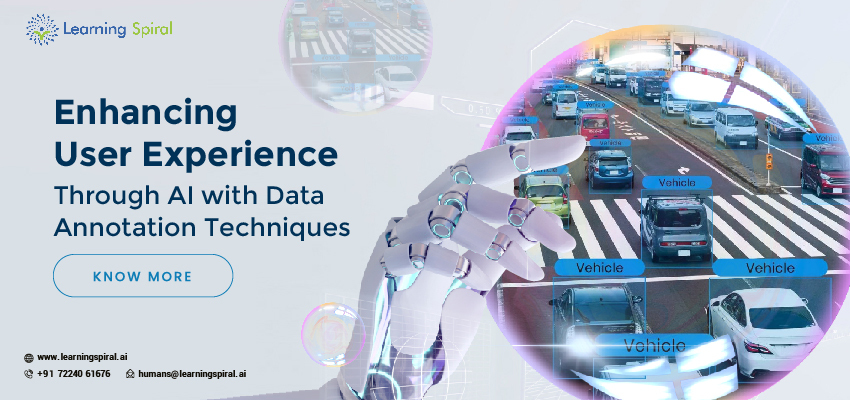In today’s digital landscape, user experience (UX) is above all. Users crave experiences that are not only functional but also intuitive, personalized, and engaging. Finding the right balance between interesting and easily understandable is what makes a website tick.
Artificial intelligence has emerged as a powerful tool for achieving this, but its success hinges on a crucial element: data annotation. In this article, we will understand how accurately annotating data leads to enhancing user experience.

The Role of Data Annotation in User Experience:
These AI-powered experiences wouldn’t be possible without high-quality, accurately annotated data. This data serves as the training ground for AI models, teaching them to understand user behavior, preferences, and the nuances of language.
AI can power diverse UX enhancements, including:
- Sentiment Analysis: Annotating text data with emotions like “happy,” “frustrated,” or “confused” allows AI to identify user sentiment and adjust responses accordingly. Personalizing interfaces for users with disabilities, ensuring inclusivity.
- Natural Language Processing: Labeling text with specific intents like “product inquiry” or “order cancellation” enables AI to understand user requests and respond appropriately. Providing 24/7 support, answering questions, and offering personalized recommendations.
- Image Recognition: Annotating images with objects, faces, and actions empowers AI to personalize visual experiences and offer relevant recommendations.
- Clickstream Analysis: Labeling user interactions with websites and apps helps AI personalize layouts, recommendations, and future interactions. Anticipating user needs and displaying relevant results before they even search. Suggesting products, articles, or videos based on individual preferences and past behavior.
Benefits of Utilizing Data Annotation for UX:
- Increased User Satisfaction: By understanding user needs and responding accordingly, AI can create more positive and satisfying experiences.
- Improved Engagement: Personalized recommendations and relevant content keep users engaged and coming back for more.
- Enhanced Accessibility: Accurate annotations ensure AI features cater to diverse user needs and abilities.
- Streamlined User Journeys: AI can anticipate user needs, reducing friction and streamlining workflows.
- Data-Driven Decisions: Insights from annotated data inform iterative improvements to UX design and features.
Challenges:
- Data Privacy: Balancing personalized experiences with user privacy concerns requires careful data handling and ethical practices.
- Bias Detection and Mitigation: Data containing biases can lead to unfair or discriminatory AI responses. Addressing and mitigating bias is crucial.
- Data Security: Robust security measures are essential to protect sensitive user data used for annotation.
- Explainability and Transparency: Users need to understand how AI works and how their data is used for responsible adoption.
The End Thoughts:
As data annotation techniques evolve and ethical considerations are addressed, AI will play an increasingly significant role in shaping exceptional user experiences. By responsibly harnessing the power of annotated data, we can create AI-powered interfaces that are not only delightful but also fair, inclusive, and beneficial for all users.




